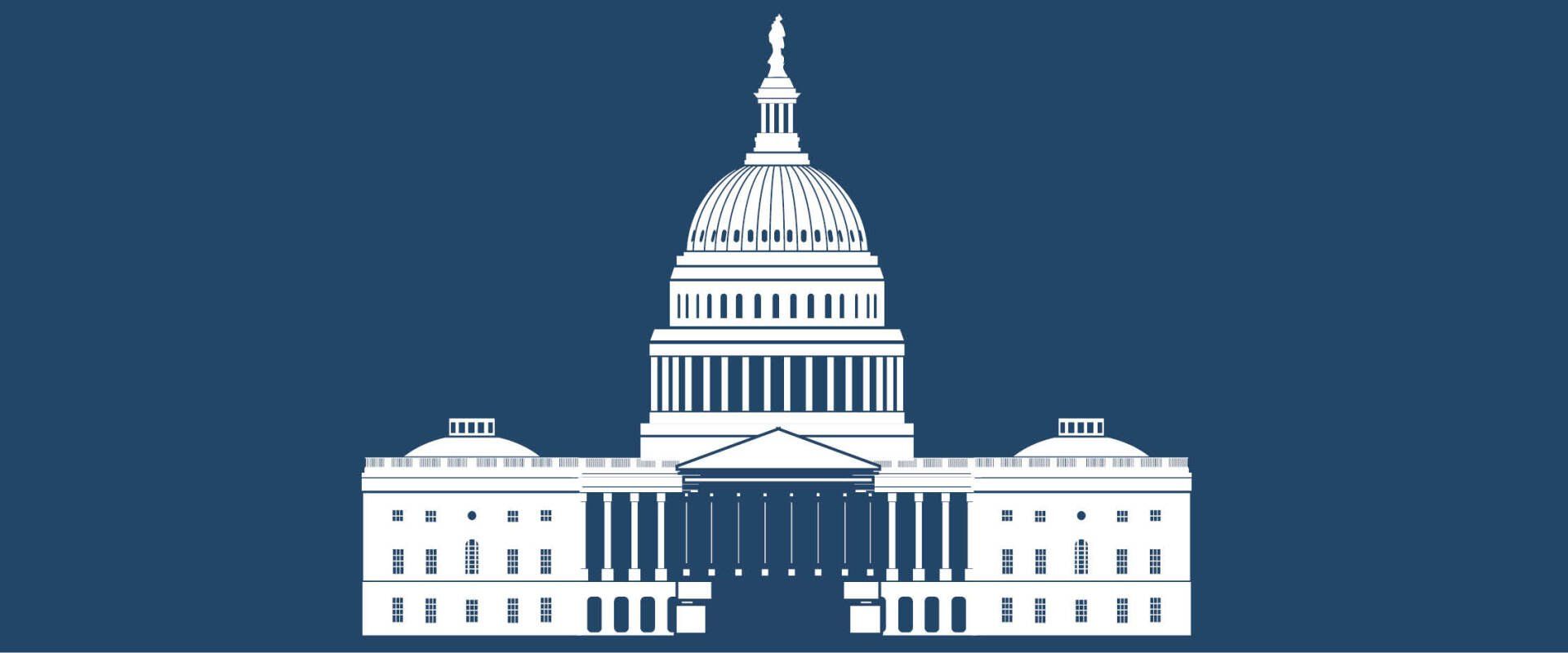By Rob Evans
•
01 Nov, 2023
by Heather Sherman, Director of STEMx The 2023 STEM Innovation Forum: Activating Collaborations to Advance an Inclusive STEM Workforce was a success! Through our collaboration with STEMconnector and Million Women Mentors, we convened 160 leaders from industry, government, non-profit organizations, and education institutions from all over the United States to discuss strategies and best practices to support the STEM workforce. We were honored to host a variety of dynamic speakers including: Jared Polis, Governor of Colorado Brynt Parmeter, Chief Talent Management Officer, U.S. Department of Defense Dr. Athina Kanioura, Executive Vice President, Chief Strategy and Transformation Officer, PepsiCo and Dr. Lisa Hinkelman, Founder and CEO of Ruling Our eXperiences (RoX). We extend our gratitude to our panelists, Learning Session speakers, and participants who joined us in Denver. Broadening participation We set out share information on trends in STEM education and workforce development, with an emphasis on broadening participation in STEM careers. Resources from sessions highlighting strategies for broadening participation are linked below: DoD STEM: Developing a STEM Workforce to Support the National Security Mission Priming the Pump for High Demand STEM Careers STEM Workforce Readiness for Teen Girls: “If She Can See It, She Can Be It” Driving change Another goal of the forum was to feature high impact strategies, programs and solutions that are driving change, and STEMx members from LASTEM , the PAST Foundation and MBRT showed how they are engaging youth and building career awareness through their workforce programs. Emerging technologies We looked towards the future to better understand how emerging technologies will change the world and the ways we must prepare STEM talent for jobs in logistics, artificial intelligence, research safety , bioenergy , and renewable technologies. Chevron‘s sponsored panel, “Cultivating the Talent to Drive the Innovation and Technologies for Ever-Cleaner Energy” was a rich discussion featuring experts from Chevron, Project Lead the Way and the National Renewable Energy Laboratory. Dr. Jamie Vernon, Executive Director, and CEO, Sigma Xi Society was a fantastic moderator for this discussion. Next steps We have linked event resources including videos, slide decks and collateral on the event landing page . The event photo gallery is located there as well. If you attended, please complete our 30 second event survey . Five lucky winners will be selected at random to receive a Forum water bottle! More importantly, your feedback matters to us. If you did not attend, mark your calendar for next fall - we’re looking to make next year even bigger! If you are interested in hosting in your state, or have thoughts about compelling content that we should include, please reach out to Heather Sherman .





